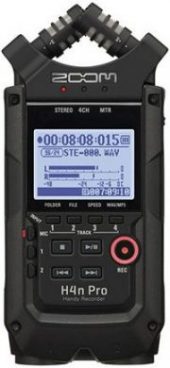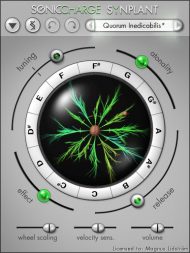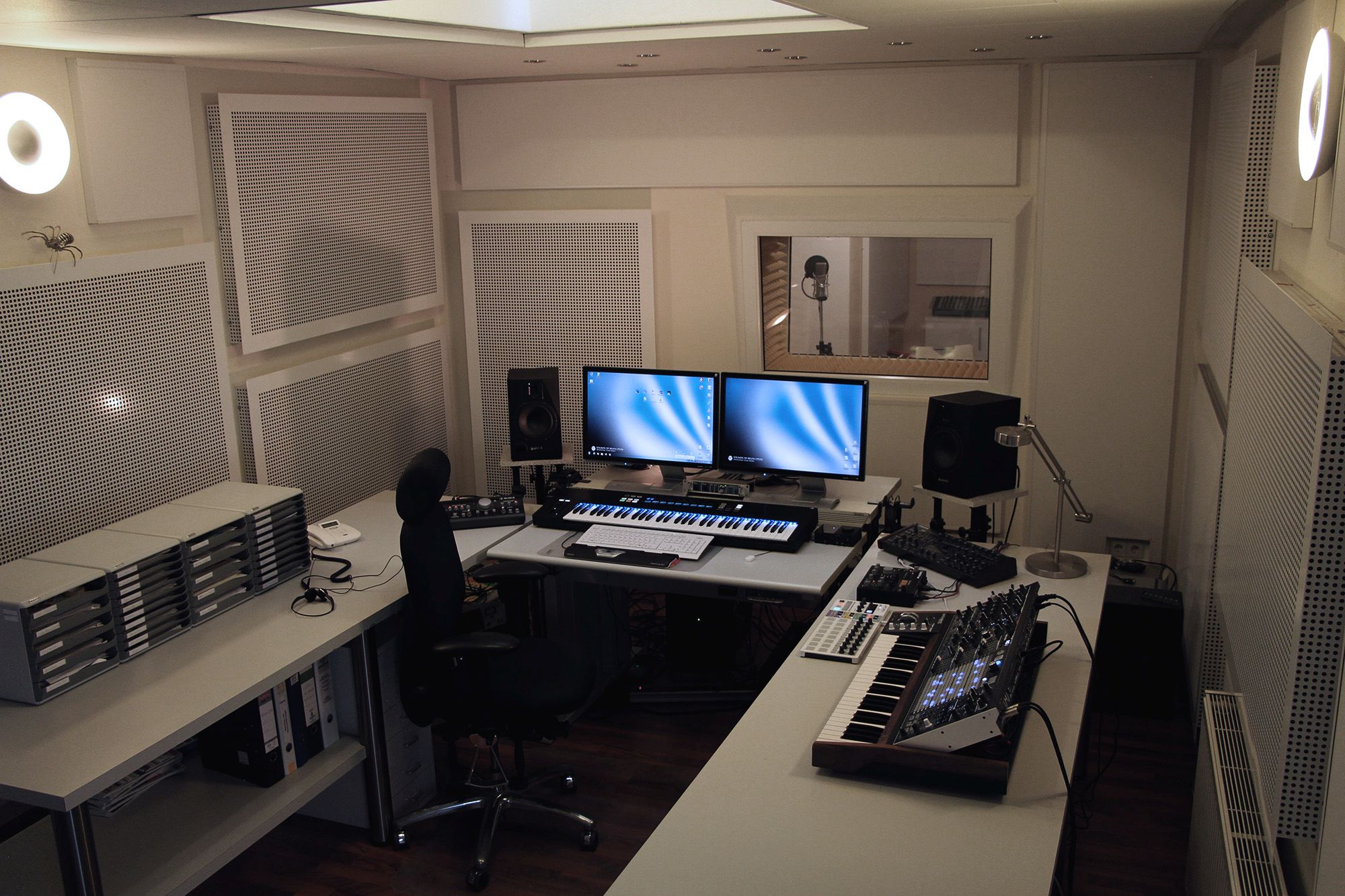Produce music creatively
I have compiled basic things/considerations on how to produce music creatively. Some of the following things that are actually taken for granted and yet are often forgotten.
Record your live sessions & Let fortune be your guide
I really enjoy working on synthesizers or plugins live with the controller and have the whole thing recorded in the background with Audacity. In the end, you have a large WAV track that often contains unique moments. All you have to do is find these gems, cut them out and finish them.
Use tools in a way they normally shouldn’t be used. E.g: Don’t remove the noise from crackling old vinyl with a declicker to get a better sound. Use these little noise elements for a basis of ‘click beats’ as released under the ‘SOR Clicks & Glitches series‘
Field recordings – Create your own unique samples
To stand out from the crowd you should invest time and effort in creating your own samples.
Especially percussion sounds are very stylistic in the techno genre. Take a mobile field recorder (e.g. ZOOM) with you wherever you go. It’s a useful provider of ideas. Common noises and the sounds of everyday life can create a new sonic world. Record anything and everything you can and throw it into your sampler. The only limit is your imagination!
Furthermore, you can have a lot of fun with field recordings if you change/stretch/pitch etc the sounds later in the studio. So you can create your own sound with samples that nobody else uses.
The source of the samples from my sample pack SOR Transformation were field recordings. A field recorder is my secret weapon on how to produce music creatively.
Sound is everywhere. Capture it!

Creation of Synth Patches
If you don’t know much about making your own sounds, you can learn about synthesis, by deconstructing sounds and essentially “reverse designing” a synth patch. Analyzing the synth patches of others is a great way to improve your skills. This technique makes it quite easy to see the relationships between the individual parameters.
Don’t just try to create other people’s patches – try to find your own style. It’s all about knowing the synth inside out. Every synth has it’s own strength. Take your time to find out!

Randomize your Synthesizers
There are Synthesizers with an interesting randomize function.
A few examples are Xfer Serum (hybridize feature), Sonic Charge Synplant, NI Absynth or the Hardware Synths Access Virus Ti 2 and Nord Lead A1/Nordlead 4 to name a few.
Such features often create sounds that have never been heard before and that one would never have thought of. Of course, such sounds are not perfect immediately. However, with a few specific changes to the parameters, you will get completely unexpected and still usable results. Give it a try!
Sample Layering via Pitch
An interesting possibility to create a sound from several tonal samples is to tune them. At the beginning it doesn’t matter which keynote which sample has. Just try it out what works for you. In the moment when something fits together it is also correct. Let your ear alone decide and don’t be afraid to make adjustments via an octave. If you e.g. play 2 notes on the keboard and it still sounds harmonious, you’ve done everything right. But disharmony can also be extremely interesting, especially with techno. So don’t get too involved in music theory. Techno allows you to get weird!
Free Running FX
Normally you use “sync to host tempo” on effects like delay, filter effects etc. This could lead to unwanted phasing when the delay hits the original sound exactly. If this happens try to run the delay-free. Normally this solves the “phasing problem” and it the end it may even sound more groovy.
But also time-based effects to create build-ups or breakdowns can also run freely – far away from the normal sync grids such as 1/4, 1/8 etc. The whole thing can be precisely controlled and perfected by automating the corresponding parameters (e.g. delay time). With the arrival of the next bar or the next kick, you can let the effect run “in sync” again and then let go ‘off sync’ again to continue with it.
The asynchronous creates a certain fascination in the listener. Just use effects in new, interesting and creative ways.
Bitcrusher Automation
Automating the downsampling rate of a bit crusher for transition effects / drum fills, etc. creates an interesting moment with the necessary dirt factor. This and much more is e.g. possible in no time with the Shaper Box2 from Cableguys.
Reverb re-sampling
Sometimes it can be hard to control a reverb. For maximum control over a reverb tail, it is best to re-sample it. This way you can work very creatively with it (chopping / reverse etc.) or when you want to gate the tail exactly.







